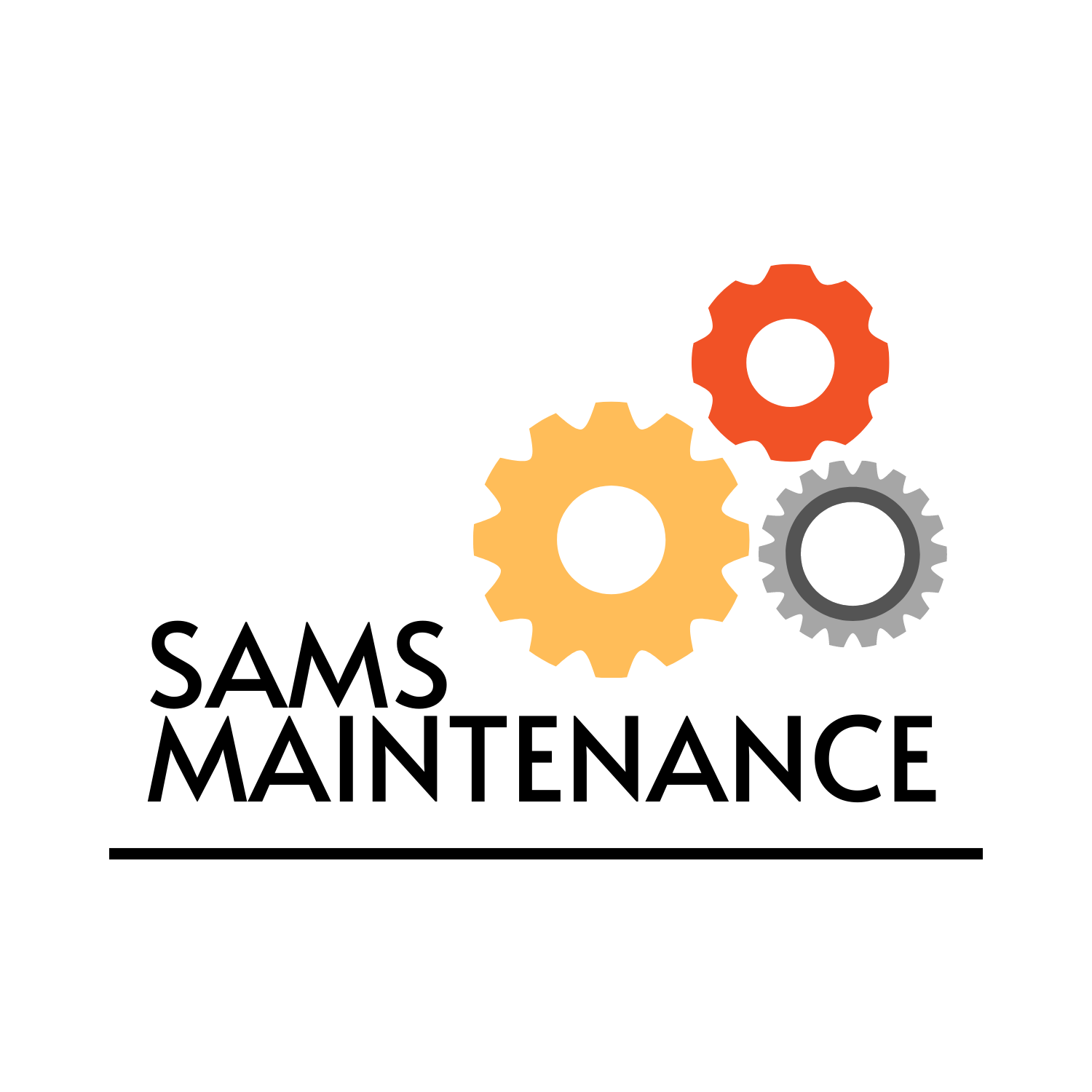
Salt, By Its Course – What is Sodium Chloride?
Table salt is a salt mixture of sodium chloride obtained from salt mines and then purified to remove impurities. It resembles a fine powder of small white grains, which actually are crystals of fine shape. It’s light and quite dense, so very little goes a long way; even less than 1% is safe for human consumption. Today, the government controls the selling of table salt. Laws prohibit companies from selling table salt that hasn’t been through an industrial milling process, or that contains lead, zinc or other metals.
The market for “free table salt” continues to decline because, in order to obtain it, facilities need to mine down deeper into the earth, where natural crystals are abundant. So they mine for more salt, refining it to a lower standard, and re-refining it once more. The refiner breaks the salt molecules into their various ions and then stimulates the action of electrochemicals that liberate the bound particles to become airborne. They float on top of the open water, where they are picked up by consumers who have taken notice of the salt’s healthful benefits.
The commercial sea salt on the market today contains only trace minerals. Natural sea salt comes from volcanic bodies of rock near the sea floor, including sulfates, gypsum and carbonate. The properties of the minerals give table salt its characteristic taste and color. Each mineral has an important effect on the body. And some minerals are more important than others.
Magnesium is the most important trace amounts of minerals in sea salt. It is the main element in magnesium salt, as well as in magnesium carbonate and magnesium chloride. The trace amounts of other trace minerals found in salt rocks are iron, manganese and calcium. None of these minerals have a major influence on our health.
Rock salt tends to lose its original flavor and texture when exposed to air and water. Refiners cannot recapture the flavor and texture of salt once they have refined it. Even so, they can increase the mineral content of commercial sea salt by adding iodine, zinc, or sulfur to increase the concentration of the minerals in the salt. Unfortunately, most people find the taste in salt much less important than health.
The best table salt is kosher salt, because its production is not influenced at all by the taste of the consumer. Kosher salt comes from the salt deposit in the Dead Sea. This type of salt is very pure, and the mineral content is much higher than that of seawater. It is the salt of choice for many people, because of its purity and natural flavor.
The most valuable natural trace minerals in seawater are sodium and chloride. Salt will naturally combine with these trace minerals as it dissolves in water, but only in very small quantities. To make sea salt commercially, large amounts of potassium and magnesium are mixed with sodium chloride to create what is known as sea salt. There are two main problems with sea salt.
One problem is that it contains so many impurities that its use is limited. Another problem is that sea salt and table salt do not mix well. When people purchase table salt, they must purchase the less expensive kosher salt-soap mixture to make it acceptable in their homes. Most kosher salt manufacturers do not allow people to make home made sea salt from seawater. Fortunately, however, homemade sea salt does not cost much more than regular table salt.
If you do not have time to buy kosher salt, there are other alternatives to sea salt. Table salt can be purchased in a wide variety of forms, including rock salt and regular table salt. It may be necessary to add a bit of baking soda to make it acceptable for your diet. Rock salt is not suitable for children to eat and can cause dental problems. Rock salt also contains an excess of salt, which is not healthy for you.
Organic salts are made from organic materials such as sea salt and sea clay. They do not contain any additives and have less processed salts in them than the others. These types of salts are healthier and do not contain any excess fat or salt.
All three types of salt are used for different purposes, and each has its own set of benefits and drawbacks. The best option is to choose the one that is right for you. Once you begin to learn about the different salts, you will soon realize how important minerals are to your diet and how eating less processed salts can benefit your overall health. You will enjoy the many benefits of using less processed salts in your dishes and will find they taste much better, too.

0 Comments